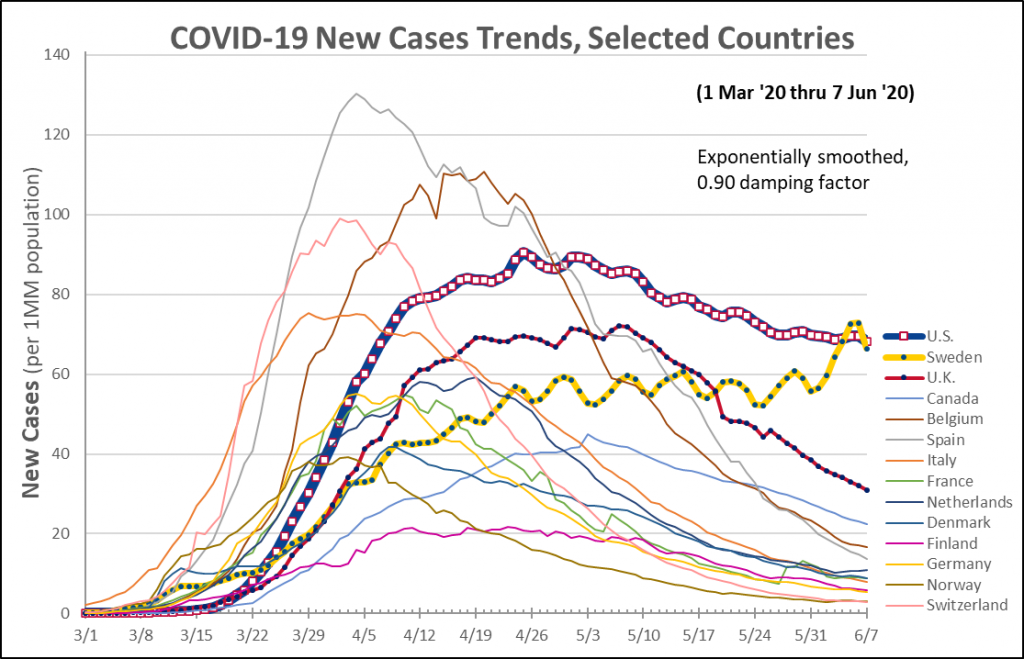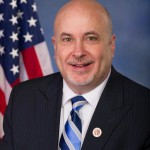State Has Third Least Restrictive Pandemic Rules
Only South and North Dakota are less restrictive, study finds.
Gov. Tony Evers declared that Wisconsin had become “the Wild West” after a May 13th Wisconsin Supreme Court ruling overrode his administration’s stay-at-home restrictions. Actually, he understated the situation, as a new study finds. Wisconsin is now more wide open, with fewer restrictions than nearly the entire United States, including most of the states that were once part of the Wild West.
Before the Supreme Court decision Wisconsin had more restrictive rules than 33 states and the District of Columbia, the study by Wallet Hub found. Today it is more restrictive than only South Dakota and North Dakota. And Wisconsin ranked first or least restrictive in its Requirement to Wear a Face Mask in Public and in Reopening of Child-Care Programs and second-least restrictive for Large Gatherings Restrictions and Reopening of Restaurants and Bars.
The study looked at 14 different categories of pandemic restrictions and rules and found that the most restrictive states were New Hampshire, followed by California and New Jersey. Ranked in the middle, at the median for restrictiveness, were Michigan and Nevada.
No state has changed as much — or changed to become less restrictive —during the last month as Wisconsin, the study shows.
Meanwhile, a new global analysis by Randall Bolten, a longtime Silicon Valley executive, UC Berkeley Professor, and author of the book Painting with Numbers, finds that no developed western countries have seen less decline in the coronavirus pandemic than the United States and Sweden. While the typical pattern for the other countries has been a big spike in cases followed by a market decline as social distancing occurred, in the United States there has been a comparatively modest decline with this country typically leading in new COVID-19 cases per day through the month of May.
“The shutdown has been controversial in a nation whose citizens pride themselves on their right to act as they please,” Bolten writes of the United States. “The reopening has now begun, but do we have the same control over the pandemic that the rest of the countries described above have? The graph suggests that we don’t.”
And no state has moved more quickly to reopen than Wisconsin, which might make us not just an outlier nationally, but globally.
If you think stories like this are important, become a member of Urban Milwaukee and help support real, independent journalism. Plus you get some cool added benefits.
More about the Coronavirus Pandemic
- Governors Tony Evers, JB Pritzker, Tim Walz, and Gretchen Whitmer Issue a Joint Statement Concerning Reports that Donald Trump Gave Russian Dictator Putin American COVID-19 Supplies - Gov. Tony Evers - Oct 11th, 2024
- MHD Release: Milwaukee Health Department Launches COVID-19 Wastewater Testing Dashboard - City of Milwaukee Health Department - Jan 23rd, 2024
- Milwaukee County Announces New Policies Related to COVID-19 Pandemic - County Executive David Crowley - May 9th, 2023
- DHS Details End of Emergency COVID-19 Response - Wisconsin Department of Health Services - Apr 26th, 2023
- Milwaukee Health Department Announces Upcoming Changes to COVID-19 Services - City of Milwaukee Health Department - Mar 17th, 2023
- Fitzgerald Applauds Passage of COVID-19 Origin Act - U.S. Rep. Scott Fitzgerald - Mar 10th, 2023
- DHS Expands Free COVID-19 Testing Program - Wisconsin Department of Health Services - Feb 10th, 2023
- MKE County: COVID-19 Hospitalizations Rising - Graham Kilmer - Jan 16th, 2023
- Not Enough Getting Bivalent Booster Shots, State Health Officials Warn - Gaby Vinick - Dec 26th, 2022
- Nearly All Wisconsinites Age 6 Months and Older Now Eligible for Updated COVID-19 Vaccine - Wisconsin Department of Health Services - Dec 15th, 2022
Read more about Coronavirus Pandemic here
Back in the News
-
Eric Hovde Has Another Bad Week
 Apr 22nd, 2024 by Bruce Murphy
Apr 22nd, 2024 by Bruce Murphy
-
Josh Kaul Investigating Fake Electors?
 Apr 17th, 2024 by Bruce Murphy
Apr 17th, 2024 by Bruce Murphy
-
State’s 7 Richest People Worth $72 Billion
![John Menard Jr. Photo by Travisvanvelzen (Own work) [CC BY-SA 4.0 (https://creativecommons.org/licenses/by-sa/4.0)], via Wikimedia Commons](https://urbanmilwaukee.com/wp-content/uploads/2020/09/John_menard_jr-1-e1630092418445-185x122.jpg) Apr 8th, 2024 by Bruce Murphy
Apr 8th, 2024 by Bruce Murphy






















